Ficus Benjamina Panda Yellow Plant
₹320.00 Original price was: ₹320.00.₹250.00Current price is: ₹250.00.
Ficus Benjamina Panda Yellow Plant trees are very popular in the home and office primarily due to the fact that they look like a typical tree.
- Common plant for the home and office landscape plant
- Low Maintenance Indoor Plant
- Enhances the beauty of the space, bring peace and prosperity
- Purifies the Air
- Height: Approximate 15 to 30 cm
It comes in a 4″ pot. Pot colour may vary. Plant images are for reference purpose only.
Ficus Benjamina Panda Yellow Plant is very popular in the home and office primarily due to the fact that they look like a typical tree. These plants will have a single trunk and spreading canopy. Ficus is a pantropical genus of trees, shrubs, and vines occupying a wide variety of ecological niche. Ficus plants range from large trees to woody shrubs to trailing vines. This is a (genus Ficus) a group of about 900 species, such as trees, shrubs, and vines, commonly called figs. Native primarily to tropical areas of East Asia, they are distributed throughout the tropics of the world. Many are tall forest trees that are buttressed by great spreading roots; others are planted as ornamentals.
Ficus Benjamina Panda Yellow Plant can be grown as bonsai. This is one of the rare tree species that are able to grow indoors as well as outdoors. This is also the reason why it is one of the most common bonsai trees. Its small size and thick trunk make it a very decorative plant, ideal for modern designer homes. Living rooms and terrace are considered the best indoor places for keeping the ficus plants.
Plants are an ideal gift for your loved ones. These plants not only helps to create a healthy environment but also helps to create a lively ambience at home. Ficus Benjamina Panda Yellow Plant adds a classy greenish touch to your home decor. Go green and Gift a plant. Let us build a better world for the generations to come.
PLANT DETAILS
Scientific Name: Ficus Benjamina
Common Names: Ficus panda, Weeping fig
Family: Moraceae (mulberry family)
Native Distribution: East Asia
Fabulous Ficus Panda Plant care
- Light: Most ficus trees enjoy bright indirect or filtered light with variegated varieties happily able to take medium light.
- Soil: Rich and well-drained soil.
- Water: If the top of the soil feels dry to the touch, this indicates that they need water.
- Temperature: 16-21ºC. Ficus trees also cannot tolerate low temperatures or drafts.
- Fertilizer: Feed with slow-release pellets at the beginning of the growing season. Fertilize once a month in the spring and summer and once every two months in the fall and winter.
- Propagation: Tissue culture, stem cuttings, air layering.
- Toxicity: Toxic to pets.
- Pruning: Prune preferably in spring on the growth of the previous year. Ficus panda is a shrub that can bear pruning well, including heavy pruning. Ficus panda can grow leaves again on old wood.
Life Stage
Plant Division: Angiosperms
Lifespan: Perennial
Mode of Nutrition: Autotrophic
Plant Shape: Shrubby
Plant Size: 1 to 1.5 feet high.
Benefits
Used for ornamental purpose.
Purifies the Air: NASA Clean Air Study reported that Ficus Benjamina is effective in removing formaldehyde, xylene and toluene.
| Weight | 500 g |
|---|---|
| color | Green |
Be the first to review “Ficus Benjamina Panda Yellow Plant” Cancel reply
You must be logged in to post a review.
This site uses Akismet to reduce spam. Learn how your comment data is processed.
You may also like…
Feng Shui Plants
Foliage Plants



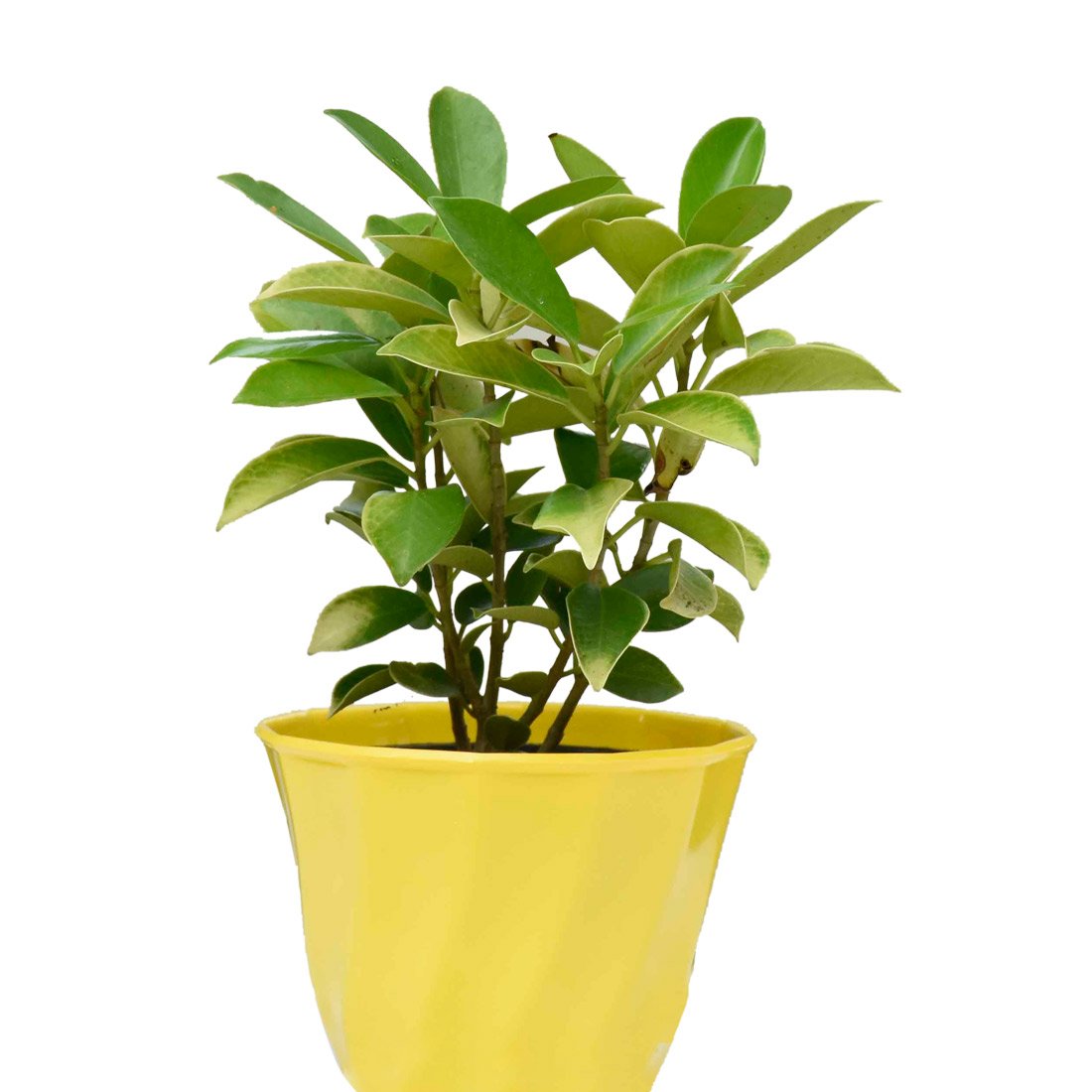
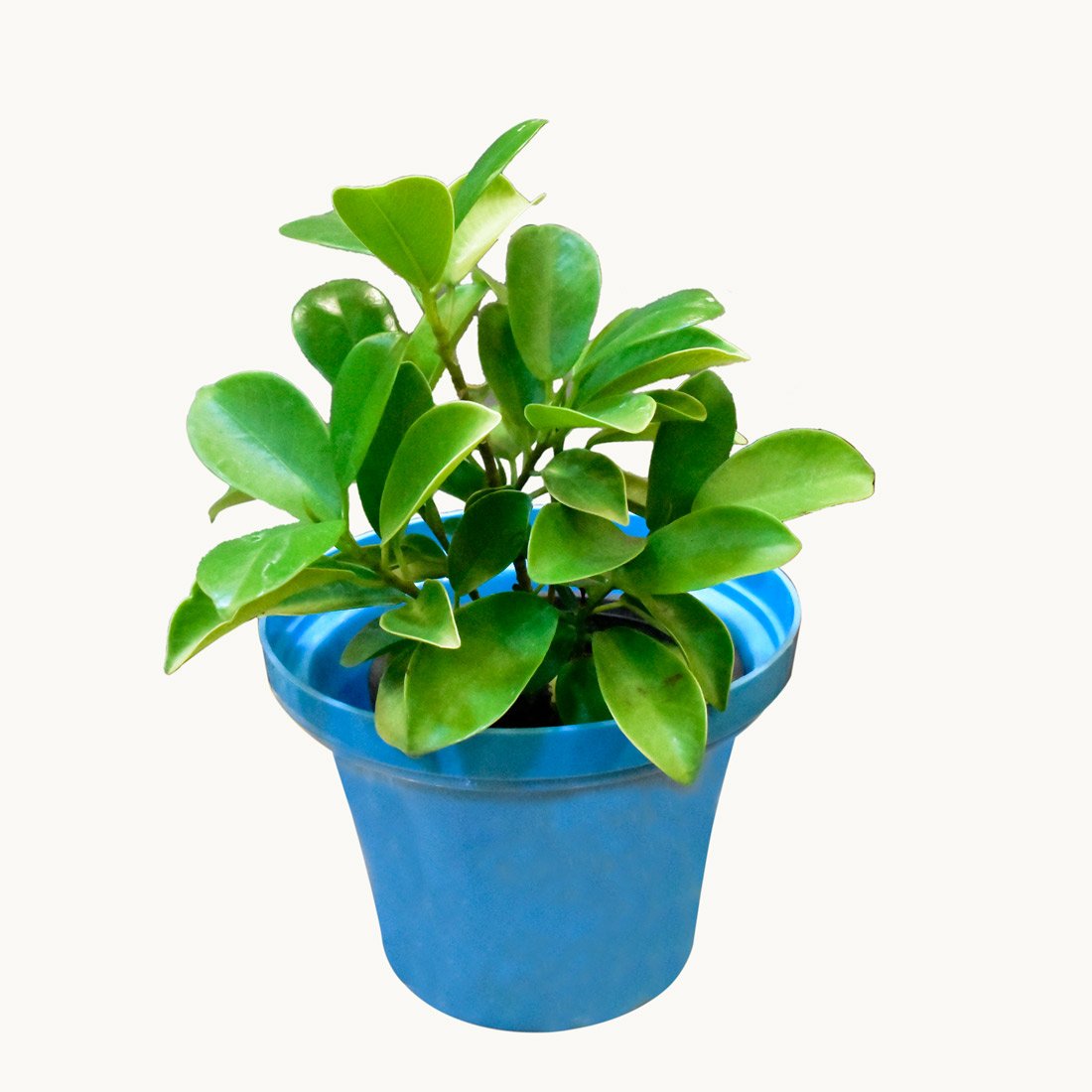
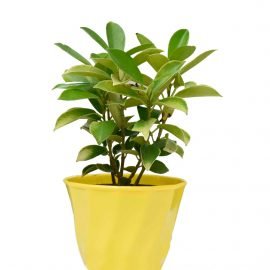
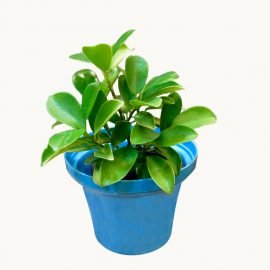

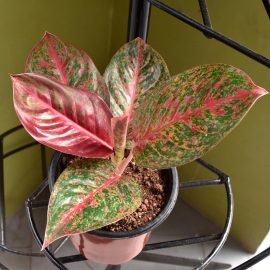
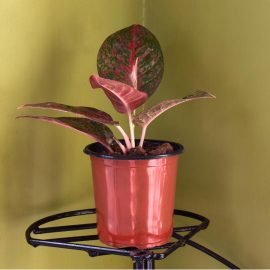
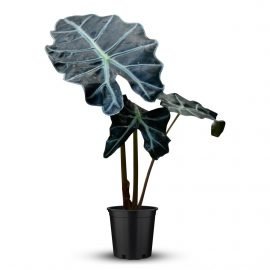



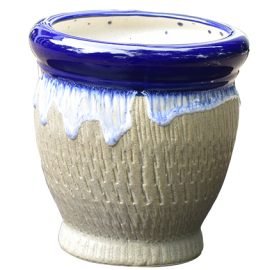

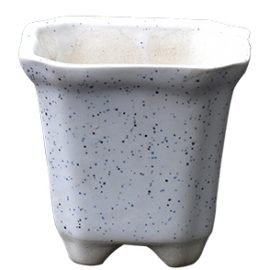

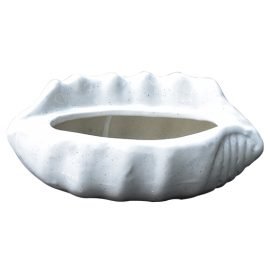


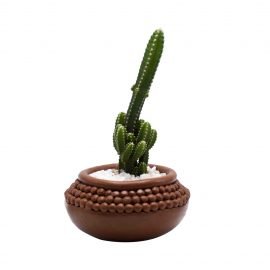

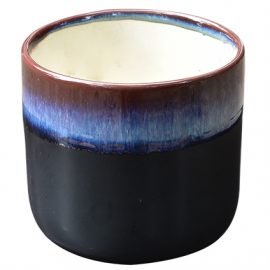
Reviews
There are no reviews yet.